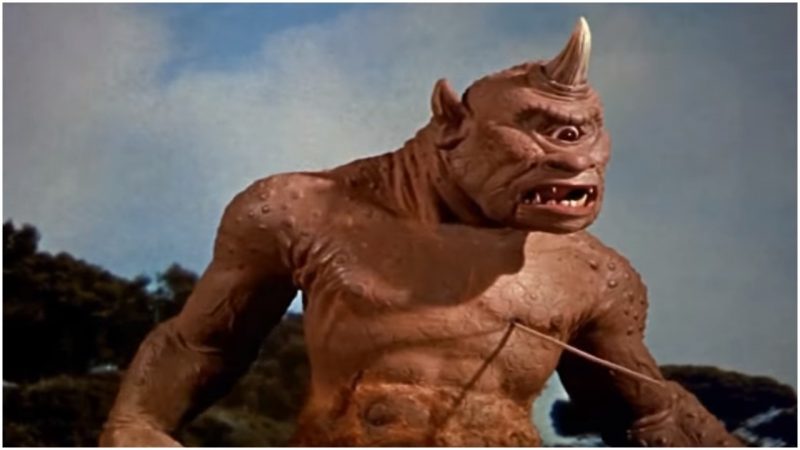Monsters have occupied bits and pieces of our imagination probably since the beginning of civilization. Among the earliest known ones are the Cyclopes, the ugly-looking, one-eyed mythological giants who treated themselves to humans for dinner, and of whose existence we are especially aware thanks to the ancient Greek story about Odysseus.
From Homer’s epic, we learn about one of the most legendary Cyclops of all–Polyphemus. The gruesome giant is eventually outwitted and blinded by Odysseus.
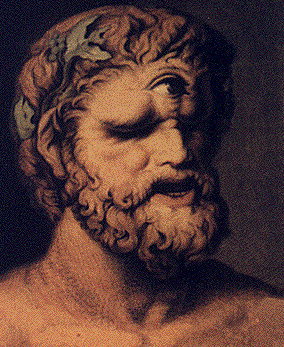
Homer further tell us that Polyphemus was Poseidon’s son, and the rest of the Cyclopes were all his siblings. Everyone from the race grew prominently large and had their single eye socket planted at the center of the forehead.
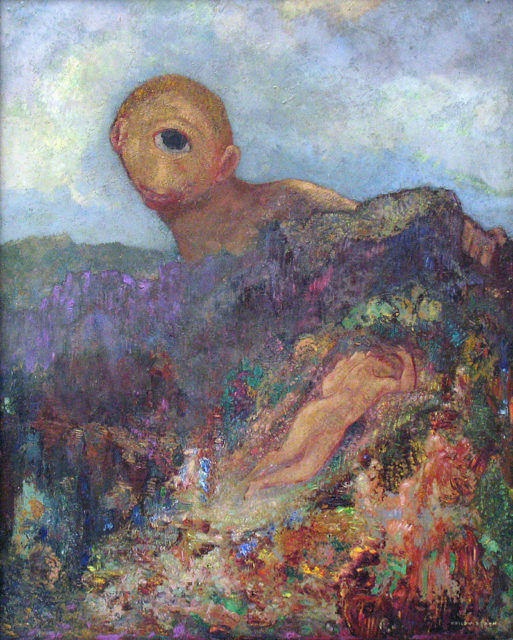
In nature, these monsters were barbarous and chaotic, with no prospects to befriend them. They were associated with Hephaestus, the Greek deity of fire and blacksmith, and had their workshops inside the fiery mountain Etna, one of the most active volcanoes in all of Europe.
And just like every other fantastical figure that belongs to the abundant Greek mythology, there are various versions of the Cyclops myth, just as there are multiple theories that try to explain the very origin of these figures and what made people invent them.
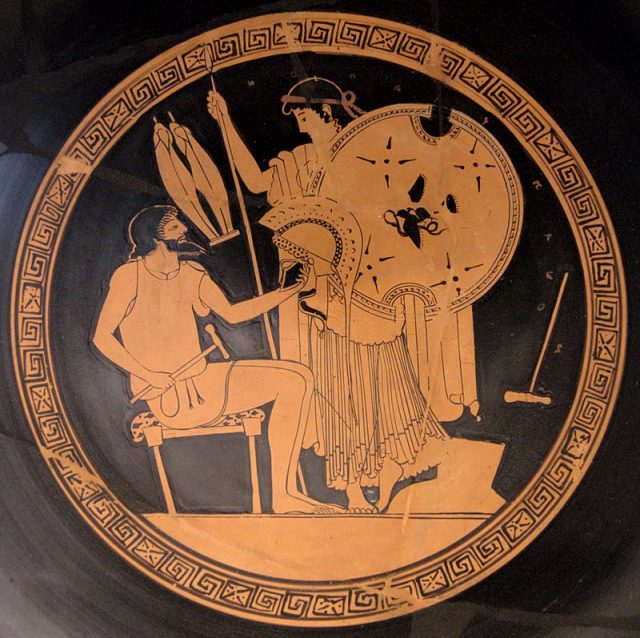
Hesiod, another early Greek poet, asserts the existence of merely three Cyclopes, implying the species was not large at all. These were Arges, Steropes, and Brontes, all three rulers of thunder and lighting.
They were the first smiths, and Cronus–the mighty Titan who grasped the power of the world after castrating his father Uranus–had them placed in prison. It was Zeus who freed the Cyclopes afterward and the creatures helped him clash and overthrow the Titans.
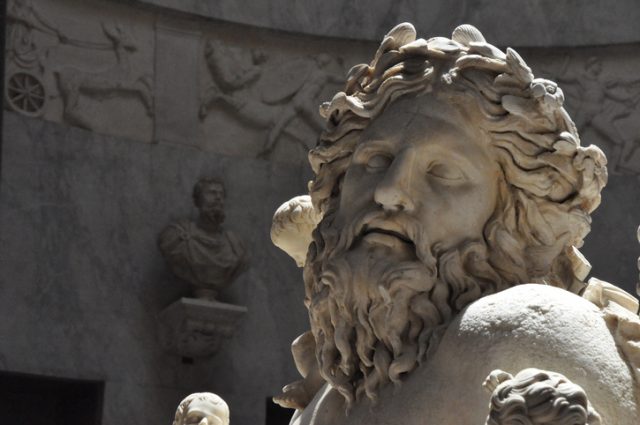
In an act of gratitude for gaining back their freedom, the Cyclopes provided Zeus with his potent light and thunder mystical weapon. The one-eyed monsters kept forging the thunderbolts for Zeus ever after.
The connection that Cyclopes have with smiths is omnipresent in whichever myth we read about them. This has led some scholars, including the eminent German expert on Greek mythology, Walter Burkert (1931-2015), to seek the origin of the monster among the ancient Greek smith workers and guilds to find out if it was them who generated the Cyclops lore.
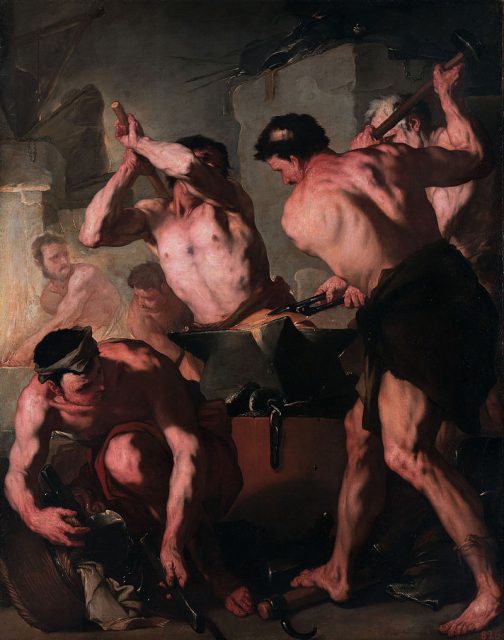
A blacksmith was a much-needed, demanding and also very dangerous job. Workers reportedly covered one of their eyes with an eye-patch as a means of protection, in case of an accident.
Wearing one eye-patch guaranteed that at least one eye will survive if an extremely hot substance splashed their face. The men who worked this also needed to be quite muscular to handle the heavy hammers and transform the iron ore for hours.
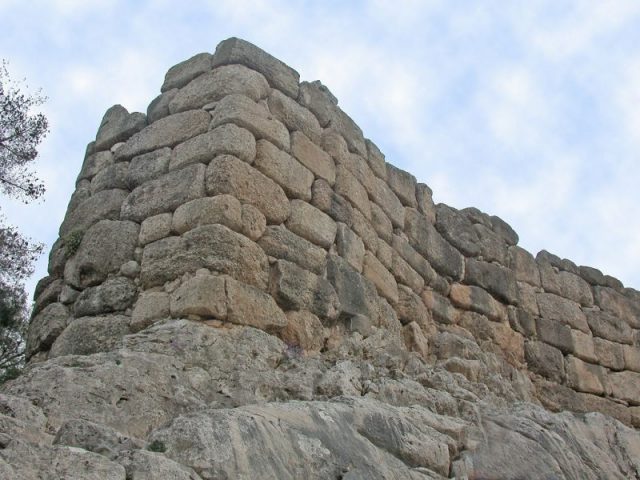
It is also convenient that the Cyclopes may have been inspired by something that the ancient Greeks saw and witnessed in nature. Just as other ancient civilizations who lacked the advantage of modern science to explain and make sense of the world around them, the ancient Greeks tried to explain things through myths and stories.
The myth of Pandora’s Box
They observed nature and their surroundings. They observed the forests, the seas, the volcanoes, the cycles of nature, and the wildlife. So what could have possibly been that one thing that captured their imagination so much that they devised such a gruesome-looking creature?
Perhaps it was a fossil, the skull of an ancient animal, some suggested as early as the first half of the 20th century, including the so-called “father of paleobiology” Othenio Abel.
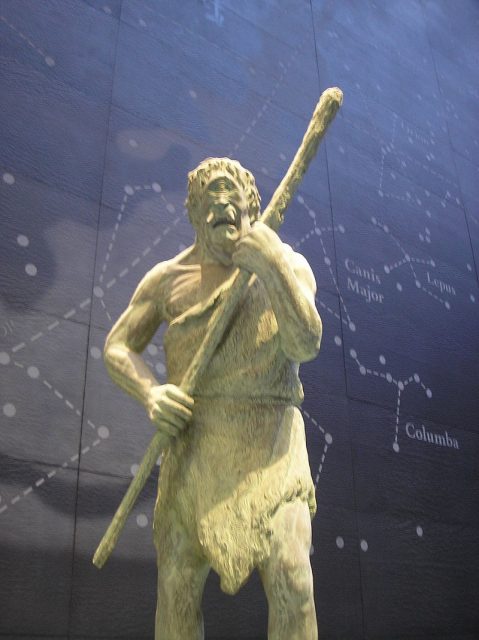
According to National Geographic, it could have been the cranial remains of a super large Deinotherium giganteum. This species, now extinct, is considered a distant relative to modern-day elephants. They sported huge tusks, as long as 15 feet and their bodies were exceptionally large too.
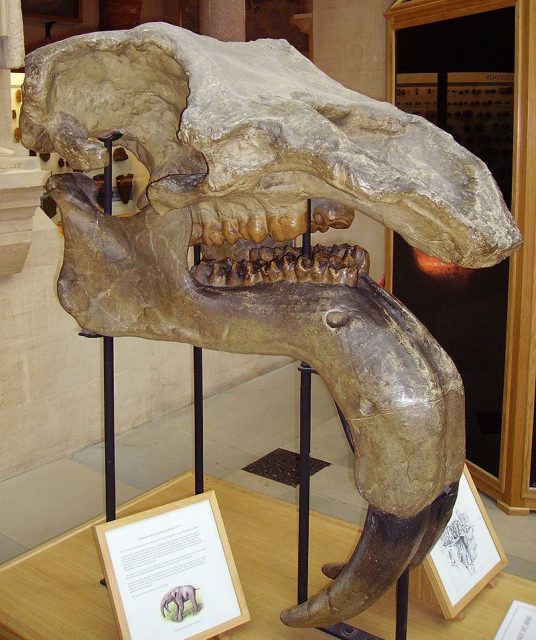
Deinotheres lived all across Europe, Asia, and Africa in between 23 to 1.8 million years ago before going extinct. The remains of this mammal were found also on Crete in 2003. They would have reached Crete by leaving Turkey and swimming to the island. Their skull is marked by a prominent nasal opening at its center, which is where the answer to the origin might lie.
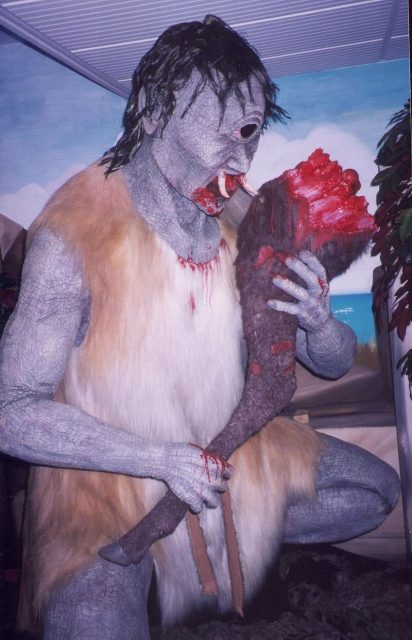
“To paleontologists today, the large hole in the center of the skull suggests a pronounced trunk. To the ancient Greeks, Deinotherium skulls could well have been the foundation for their tales of the fearsome one-eyed Cyclops,” writes the National Geographic.
Read another story from us: Roman Emperor Nero Competed in the Olympics
Indeed, very easily, the nasal opening could have been interpreted as a single eye-socket. Starting from there, eventually, this grew into a monstrous figure, impressive enough that it has never left our imagination.
Stefan is a freelance writer and a regular contributor to The Vintage News. He is a graduate in Literature. He also runs a blog – This City Knows
